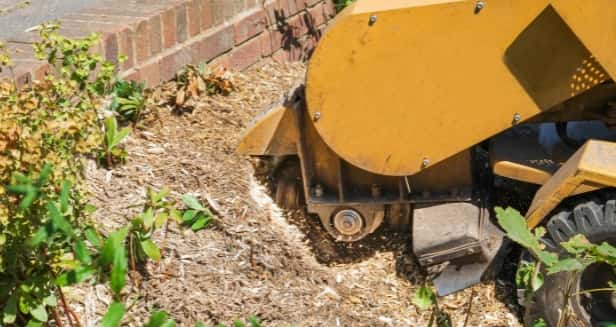Introduction: Trees have long held a special place in human culture, serving as symbols, landmarks, and sources of inspiration for countless generations. Beyond their ecological importance, trees often have deep cultural and historical significance. In this blog post, brought to you by Wickham Market Tree Surgeons, we’ll explore the intersection of tree surgery and the cultural significance of trees, highlighting how preserving these living treasures is essential for maintaining our connection to the past and the natural world.
- Sacred and Religious Symbols
Trees have been central to many religious and spiritual traditions throughout history. Ancient cultures, such as the Celts and Druids, revered specific tree species like the oak and yew as sacred. In Christianity, the tree symbolises the cross on which Jesus was crucified, and evergreen trees are used in Christmas celebrations. Tree surgery ensures that these culturally significant trees remain healthy and continue to serve as symbols of faith and spirituality.
- Historical Landmarks
Many historic landmarks feature trees that have witnessed centuries of human history. These “heritage trees” often have cultural significance as living witnesses to past events. Tree surgery is essential to ensure the preservation and safety of these venerable giants, allowing them to continue standing as living witnesses to history.
- Community Gathering Places
Trees have been used for centuries as natural gathering places for communities. From village oaks in medieval Europe to the banyan trees of India, these iconic trees have been the settings for important social and cultural events. Tree surgery helps maintain the health and safety of these community hubs, ensuring they can continue to serve as places of connection and celebration.
- Art and Literature
Trees have inspired countless artists, writers, and poets throughout history. From William Wordsworth’s “I Wandered Lonely as a Cloud” to Vincent van Gogh’s “The Mulberry Tree,” trees have been recurring art motifs. By preserving culturally significant trees, tree surgery ensures that the natural subjects of artistic and literary inspiration remain intact.
- Indigenous and Traditional Knowledge
Indigenous cultures worldwide have deep connections to trees, often incorporating them into their traditions, ceremonies, and oral histories. These culturally significant trees hold the wisdom and knowledge of generations. Tree surgery can help protect and preserve these trees, respecting the cultural heritage of indigenous communities.
Case Study: The Major Oak
The Major Oak in Sherwood Forest, England, is a prime example of a culturally significant tree. Estimated to be over 1,000 years old, this ancient oak is believed to have sheltered the legendary outlaw Robin Hood. To protect and preserve the Major Oak, tree surgeons have carefully managed its health and safety, allowing it to continue serving as a symbol of English folklore.
Conclusion: Trees are not just living organisms but a part of our cultural heritage and history. Tree surgery plays a vital role in preserving the cultural significance of trees, ensuring that they continue to inspire, connect, and bear witness to the ever-changing world around us. By recognising the importance of these trees and their place in our culture, we can work together to protect and care for them, passing on their significance to future generations.
Call us on: 01728 448 695
Click here to find out more about Wickham Market Tree Surgeons
Click here to complete our contact form and see how we can help with your tree’s needs.

